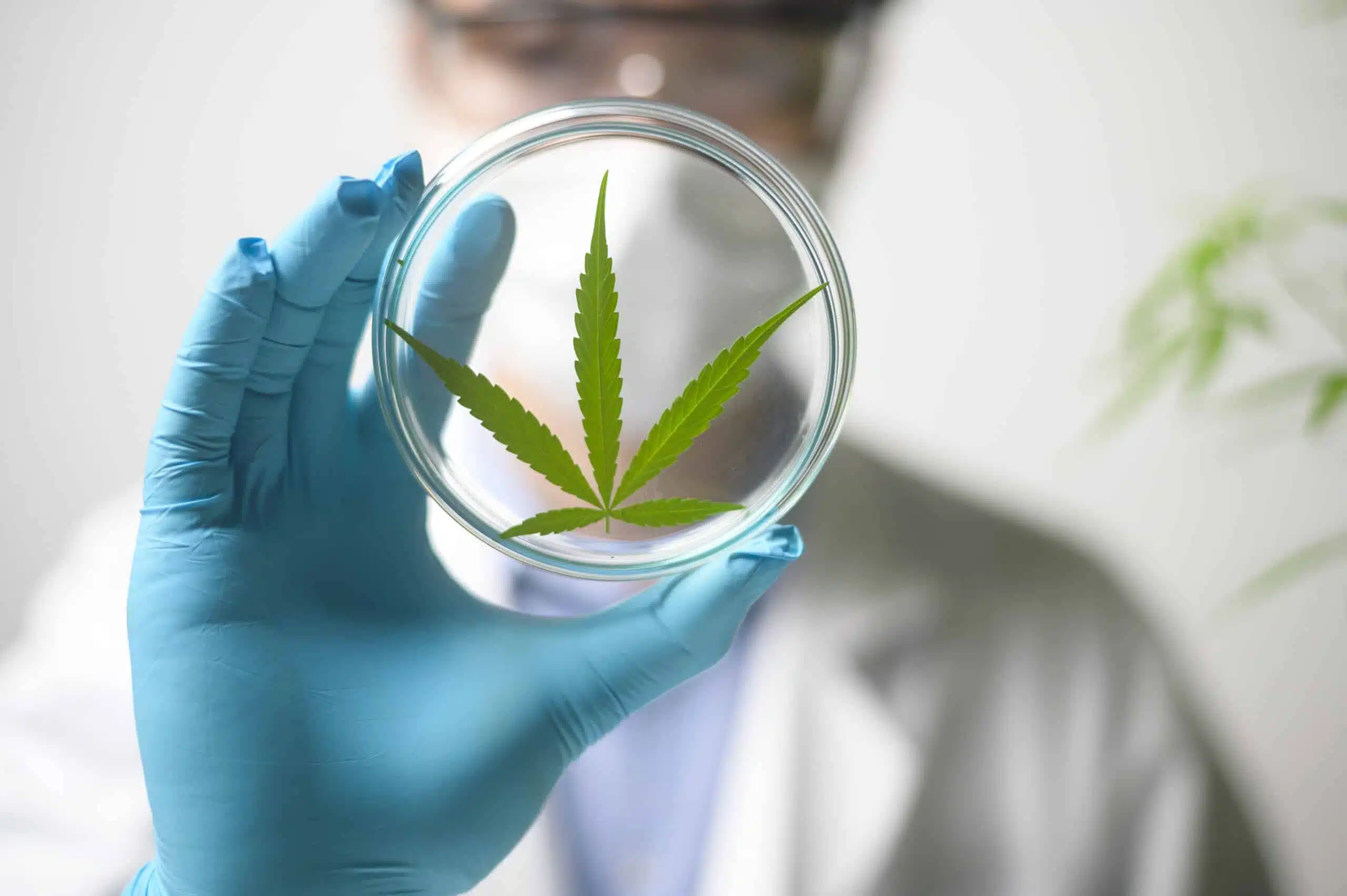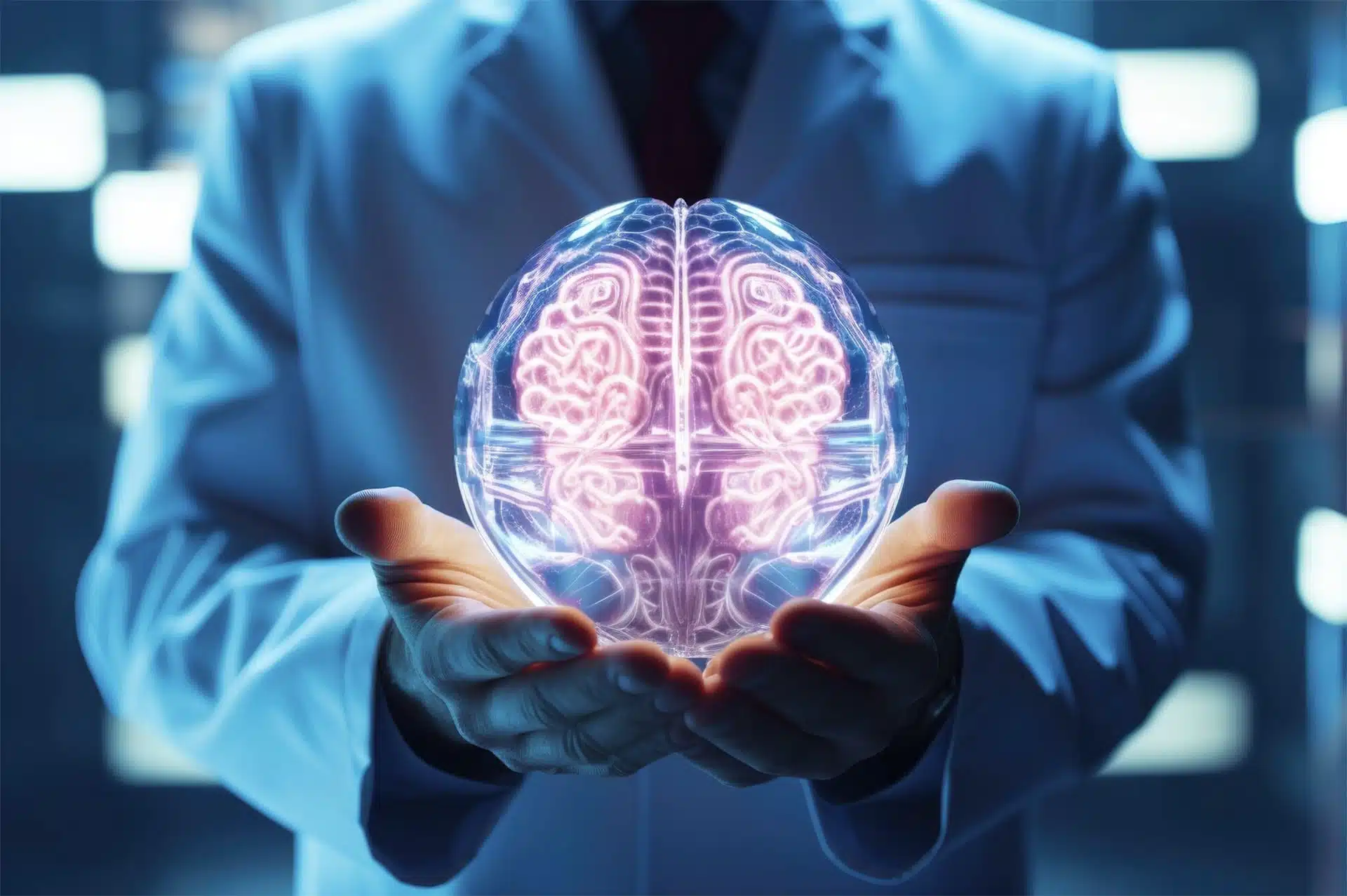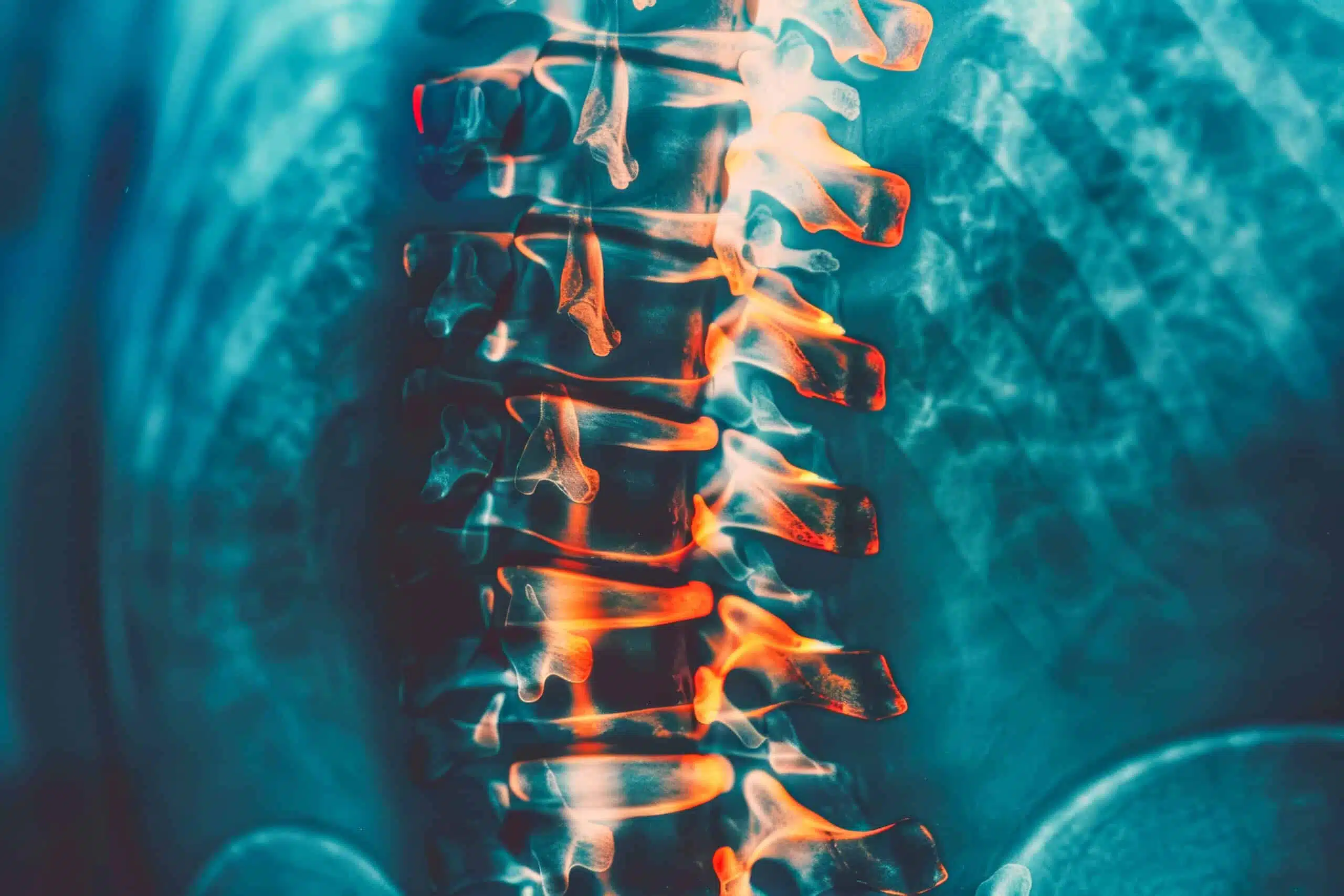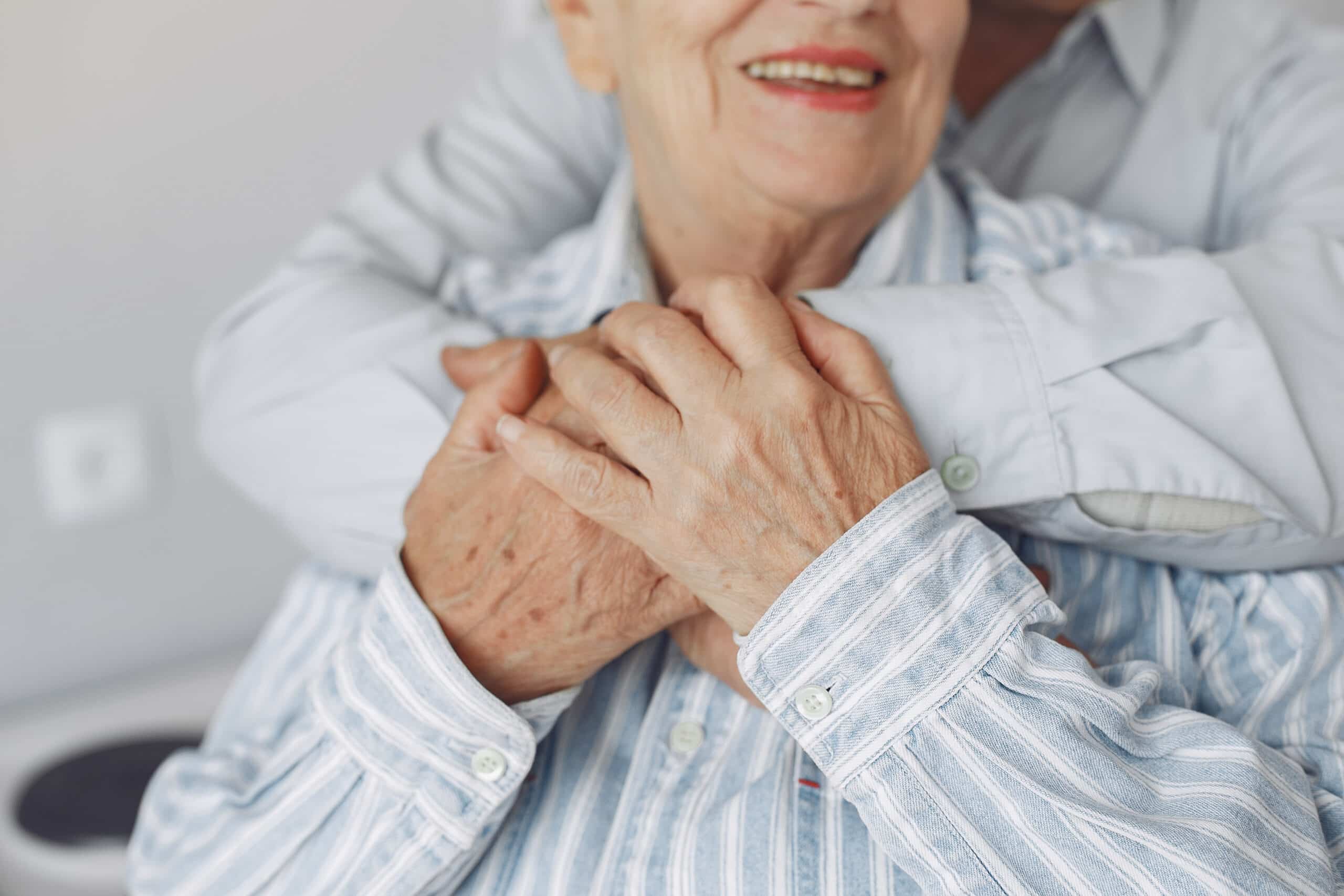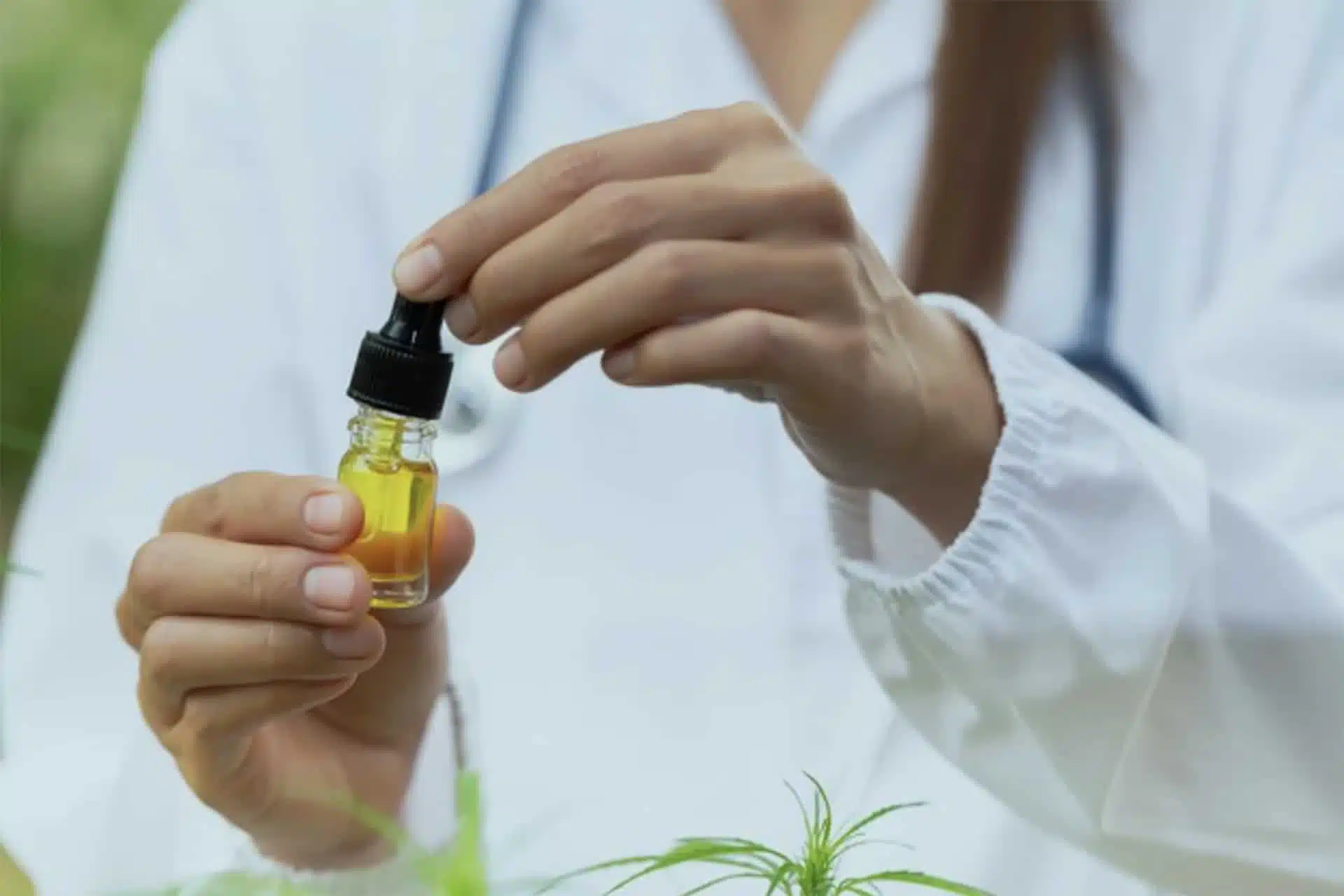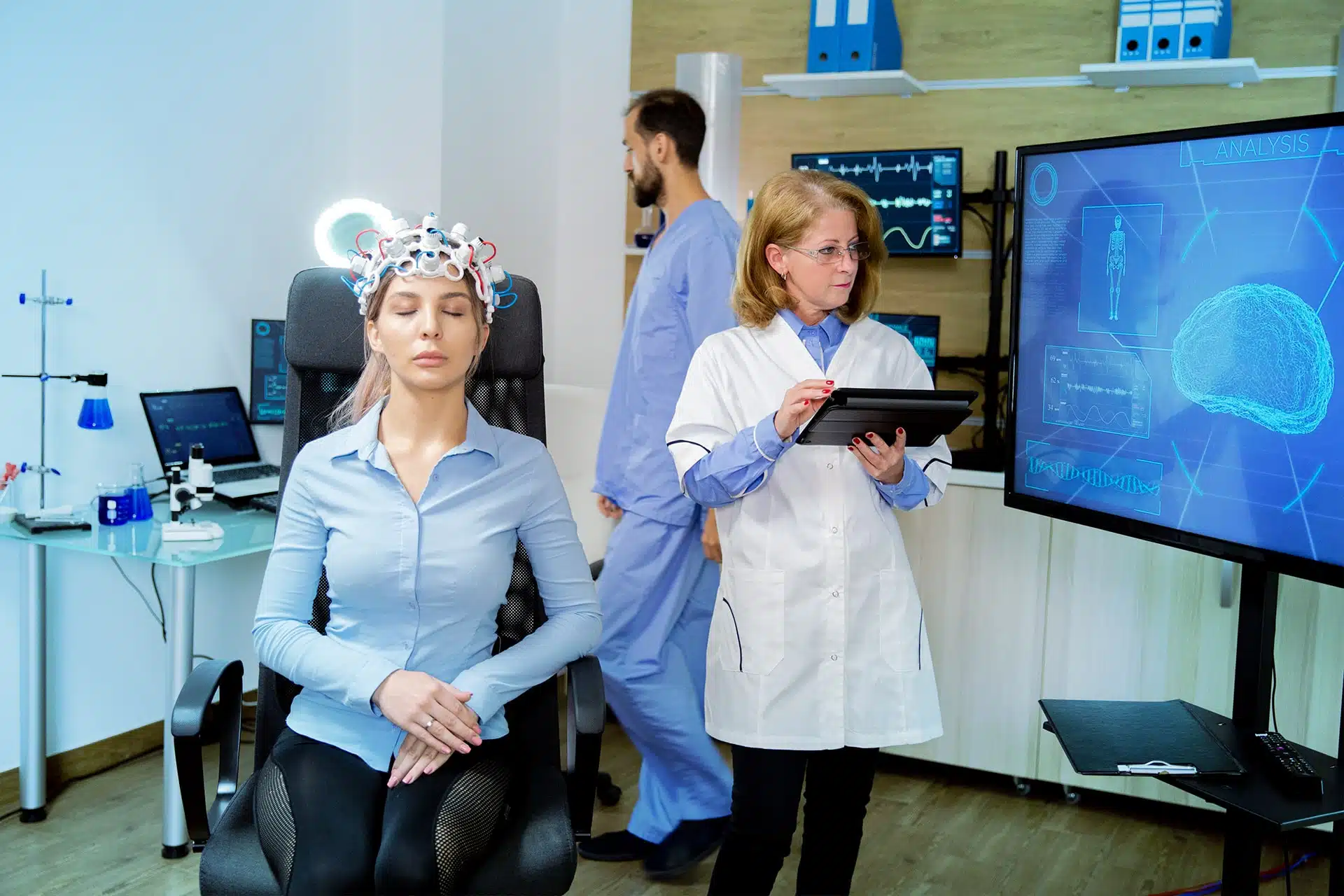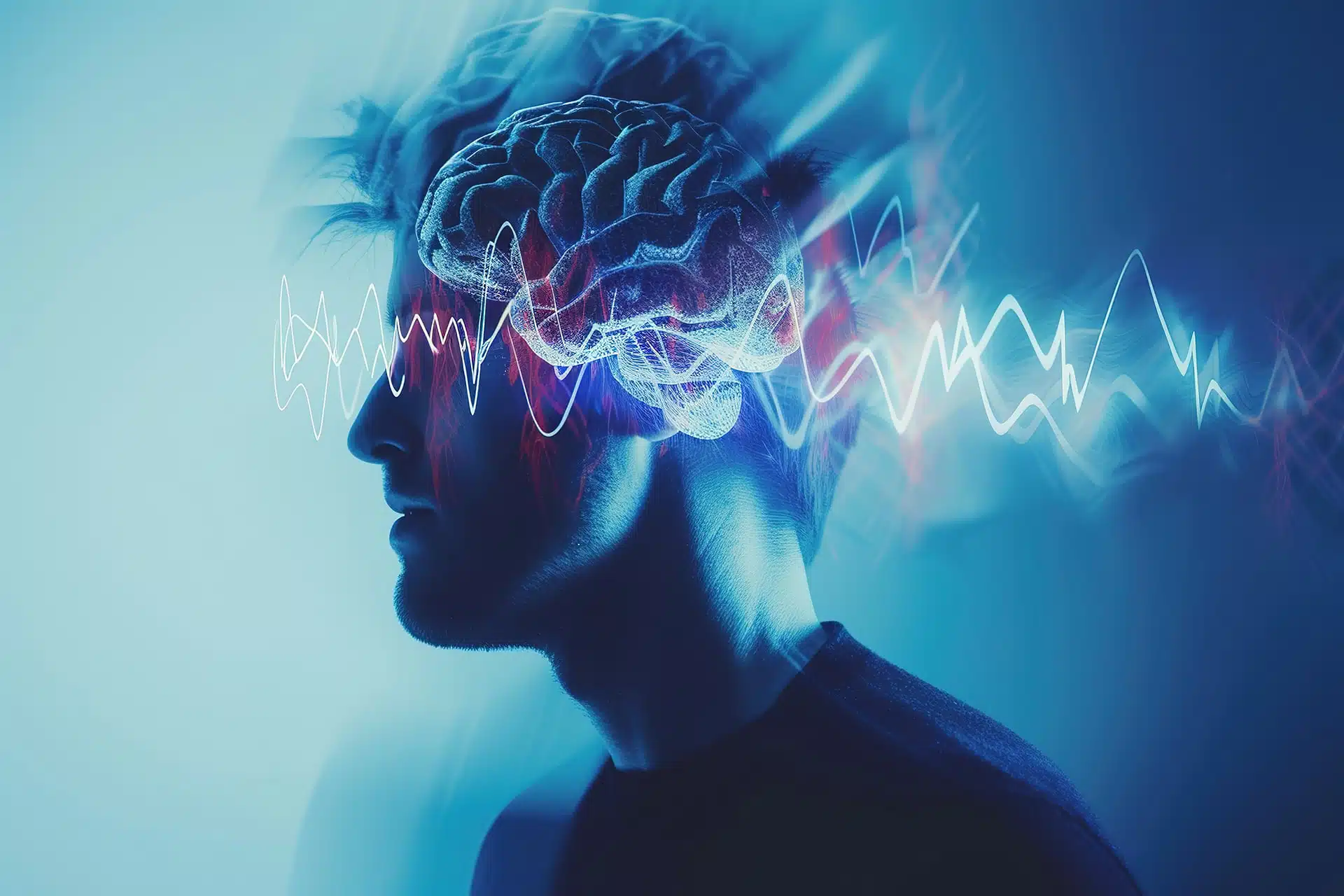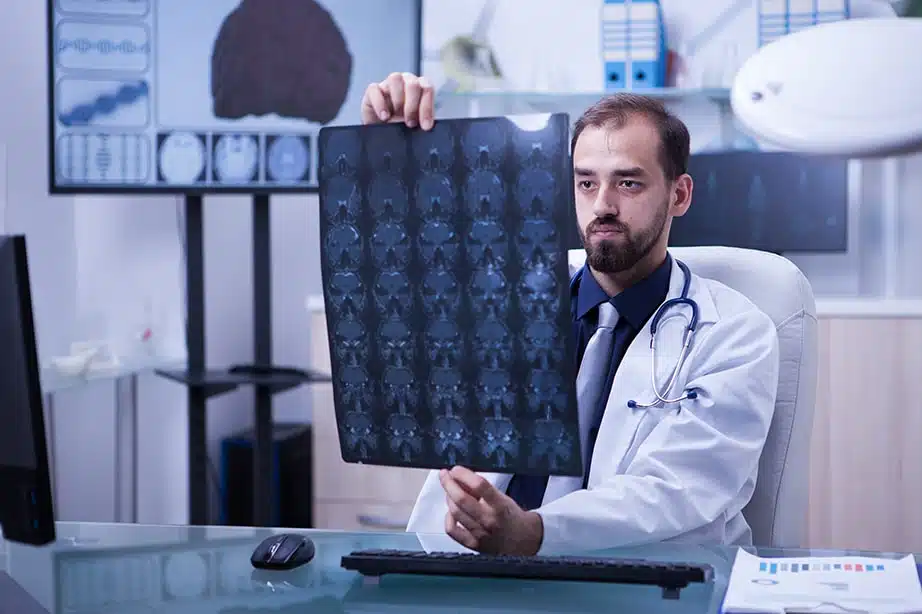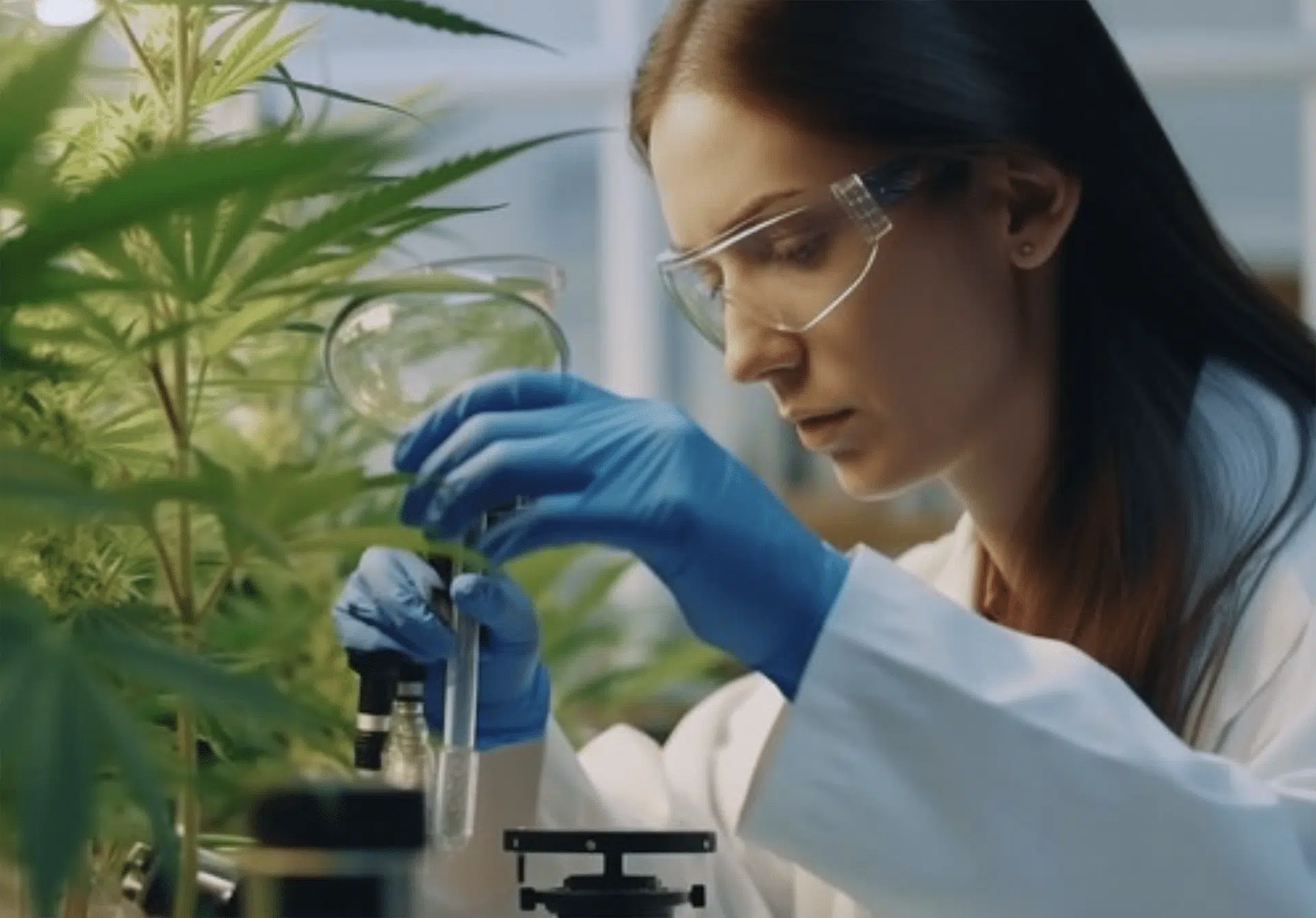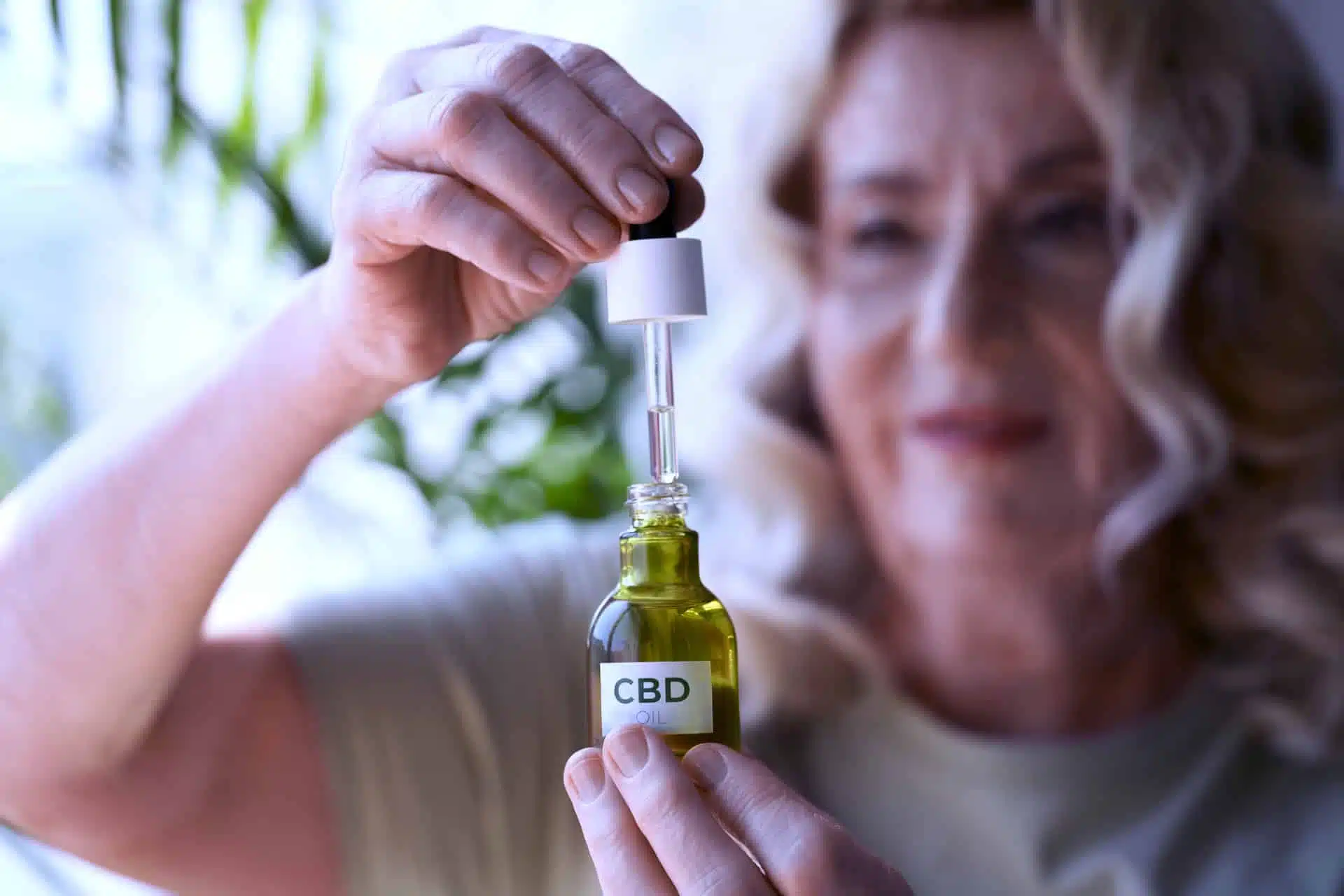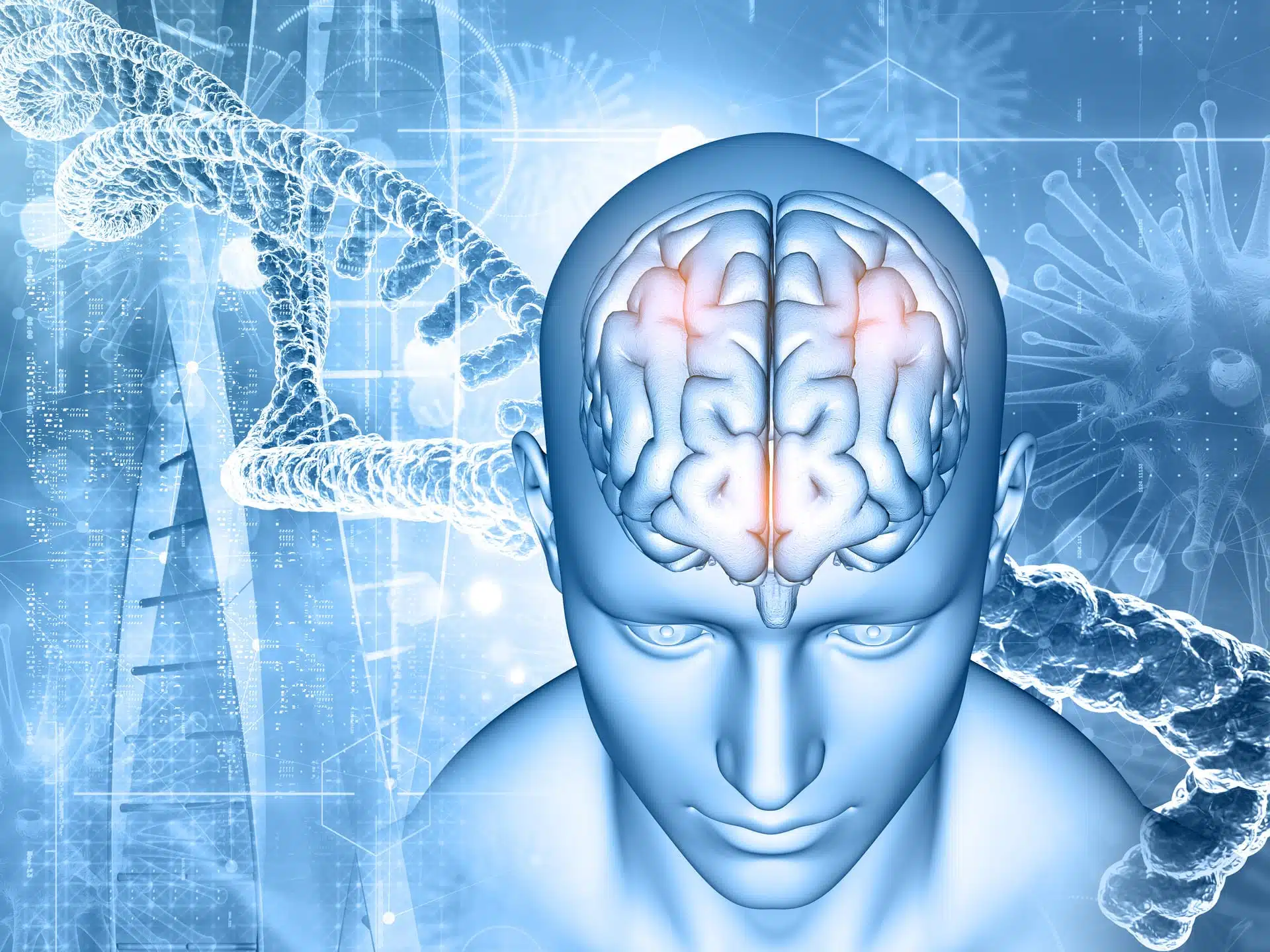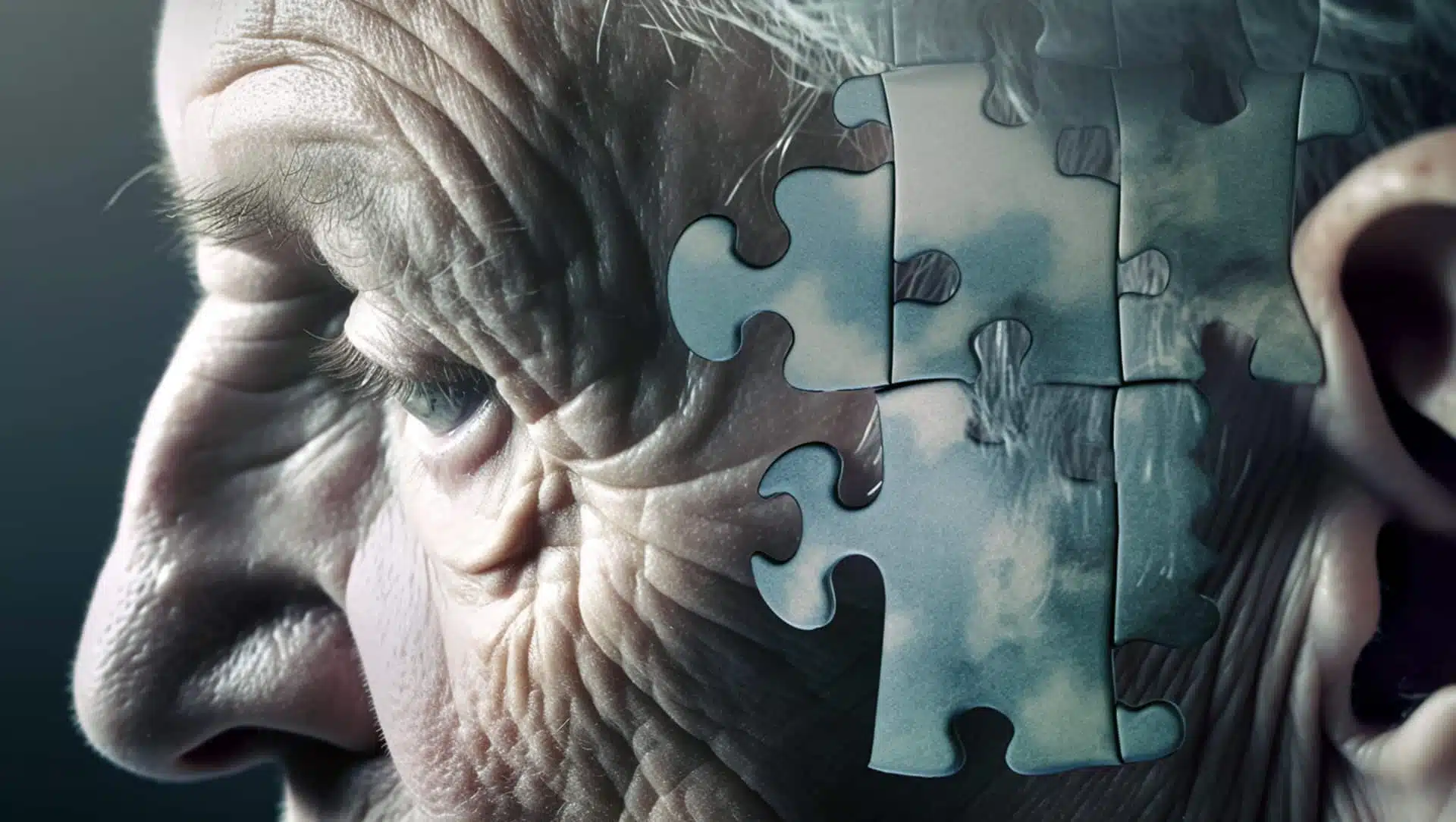Share
Obsessive–compulsive disorder (OCD) and Medical Cannabis

Obsessive–compulsive disorder (OCD) is the key example of a set of conditions known as obsessive-compulsive and related disorders, a group of medical conditions that share some common features such as an obsessive preoccupation and repetitive behaviours. This group includes obsessive-compulsive disorder, body dysmorphic disorder and trichotillomania (hair-pulling disorder), as well as hoarding disorder and excoriation (skin-picking) disorder.
Due to its prevalence, estimated to be between 1% and 3% of the global population; OCD is a significant mental disorder, its main characteristics are the presence of obsessions and/or compulsions,
Patients with OCD display some common sets of obsessions such as concerns about contamination together with washing or cleaning, persistent thoughts about harm to self or others (violent scenes; urges to stab someone) along with mental rituals, and concerns about symmetry together with ordering or counting, these repetitive and thoughts severely disrupt a person’s life and well being. In an attempt to ignore or suppress these obsessions the patient resorts to substitute them with another thought or action, thus the person engages in repetitive behaviours or mental exercises that obey strict rules and are meant to reduce distress or anxiety. Other less common symptoms may also be present, such as scrupulosity, obsessional jealousy and musical obsessions.
Diagnosing OCD typically requires these obsessions to occur for more than an hour each day, be persistent, and not triggered by a specific event. Although contamination fears are well-known, OCD obsessions can vary widely. Many people may not recognize their thoughts as OCD, and it’s common to have multiple obsessions and compulsions simultaneously.
The onset of OCD can occur during childhood (around age 10) or adolescence/young adulthood (around age 21), being more frequent in boys than girls during childhood, but the gender ratio evens out later. It is thought that OCD has a genetic component, with a higher chance of inheriting it if a close relative has it, especially in childhood-onset cases, however the mechanisms are still poorly understood and studies have been contradictory. In addition a broad range of environmental factors, including adverse perinatal events such as birth complications, and stressful or traumatic events, have been identified as potential risk factors for OCD, however, additional work is needed to assess the relationship between the environment and OCD.
Research using imaging techniques to study the neural substrates of OCD has yielded robust evidences concerning brain regions implicated in the pathophysiology of OCD, with the prevailing model proposing that obsessive-compulsive symptoms are associated with dysfunction in the cortico-striato-thalamo-cortical circuitry. This circuit is a loop involving the frontal cortex, basal ganglia (including the caudate nucleus), and thalamus. According to this model, an imbalance in this loop leads to overactivity in the pathways connecting the orbitofrontal cortex to subcortical regions. As a result, people with OCD may become overly attentive to threats and engage in compulsions as a way to manage the resulting anxiety.
Obsessive–compulsive disorder (OCD) and Cannabis
Due to the early onset of OCD, the life of patients is marked by suffering of more years of disability than patients with multiple sclerosis and Parkinson. Additionally, and given the fact that the symptoms are internally rather than externally expressed, results in the illness being often unrecognized or misrecognized even in medical care settings. Many patients also manifest self-stigma due to being keenly aware that their compulsive symptoms are excessive and wish that they had more control over them, so they carry the illness burden alone.
Current treatments involve a combination of medication, specifically Selective Serotonin Reuptake Inhibitors (SSRIs), and Cognitive Behavioural Therapy (CBT) for OCD treatment. This approach has been shown to significantly improve symptoms in a majority of patients. SSRIs work by increasing the levels of serotonin, a brain chemical involved in mood regulation. CBT helps patients identify and challenge the negative thought patterns that fuel obsessions and compulsions.
Medication options and limitations:
SSRIs: These medications are typically the first-line treatment for OCD and have good long-term results. Examples include fluoxetine (Prozac), escitalopram (Lexapro), sertraline (Zoloft), and paroxetine (Paxil). SSRIs may take longer to show benefits in OCD compared to depression or anxiety disorders, but significant improvement can occur within 2 weeks. Treatment typically lasts at least 12 months, and higher dosages may be needed for optimal response. Some studies suggest a link between specific OCD symptoms and response to SSRIs. For example, hoarding behavior or severe depression alongside OCD may indicate a limited response to SSRIs.
- Clomipramine: This tricyclic antidepressant has a similar effect to SSRIs on serotonin levels and can be effective for OCD. However, it may have more side effects than SSRIs.
- SNRIs: These medications combine the effects of SSRIs with noradrenaline reuptake inhibition. Venlafaxine (Effexor) is an example of an SNRI that has shown some efficacy in OCD treatment, particularly for treatment-resistant cases.
Although effective, no single medication works for everyone with OCD, and it can take some trial and error to find the most effective option with the fewest side effects. Additionally, medication alone does not completely eliminate the symptoms, and some people may experience a relapse after stopping medication. Furthermore, these medications typically require significant time commitment, before any noticeable improvement occurs, additionally the patients who don’t respond to SSRI’s are prescribed antipsychotics, this carries some drawbacks as antipsychotics can be effective in some cases but, again, not all and they come with a concerning range of potential side effects, including weight gain, metabolic problems, movement disorders, and even a rare but life-threatening condition called neuroleptic malignant syndrome.
The limitations in the available treatment paint a clear picture: there is a desperate need for new and more effective treatment approaches for OCD. One potential target is the endocannabinoid system (ECS). Recent studies in both humans and animals have shown a critical role for the ECS in anxiety, stress, fear, and repetitive/habitual behaviours.
The ECS is found throughout the central and peripheral nervous systems (CNS/PNS), its main function is to maintain homeostasis, it has also been implicated in caloric energy balance, immune function, neurogenesis, pain, arousal, sleep, stress reactivity, and reward processing. ECS activity within the CNS prevents the development of excessive neuronal activation. The endocannabinoid system is comprised by the:
Endocannabinoids (eCBs):
These are the endogenous (produced naturally within the body) messengers of the ECS. They act like chemical signals, binding to cannabinoid receptors. Two main eCBs have been identified: anandamide (AEA) and 2-arachidonoylglycerol (2-AG). These eCBs are involved in regulating various physiological processes, including pain perception, mood, memory, and appetite.
Cannabinoid Receptors:
These are protein structures located on the surface of cells, particularly abundant in the brain and central nervous system. The two main receptors are CB1R, primarily found in the central nervous system, and CB2R, more prevalent in the peripheral nervous system and immune cells. When eCBs or other cannabinoid molecules bind to these receptors, they trigger a cascade of cellular responses.
Enzymes:
These biological catalysts play a crucial role in maintaining the ECS balance. Fatty acid amide hydrolase (FAAH) and monoacylglycerol lipase (MAGL) are two key enzymes responsible for breaking down eCBs after they have exerted their effects. This ensures the eCB signal doesn’t persist indefinitely and allows for precise control of the system’s activity.
Endocannabinoids (eCBs) are unusual neurotransmitters as their synthesis occurs only if needed, rather than being continuously produced and stored in synaptic vesicles. eCBs are synthesized from cellular membrane lipids in response to stimulation of the postsynaptic neuron, they are then released into the extracellular space.
Since the prefix “endo” implies these molecules are produced naturally by the body, it is reasonable to infer the the existence of similar compounds with origins is other organisms. The plant Cannabis sativa, produces over 108 Phytocannabinoids, including Δ9-Tetrahidrocanabinol (THC) and cannabidiol (CBD), these were isolated in the laboratory, and others synthetised entirely producing purified compounds or mixtures that can be used as treatment for several conditions.
Currently Available Exogenous Cannabinoids
| Agent | Class | US Legal Status | Method of Delivery | Approved Use |
|---|---|---|---|---|
| THC | Phytocannabinoids | Same as cannabis (Schedule I) | Smoked/vaporized, oromucosal spray, capsules | None |
| CBD | Phytocannabinoids | Same as cannabis (Schedule I) except capsule form (Schedule V) | Smoked/vaporized, oromucosal spray (not approved), capsules | Pediatric epilepsy |
| Nabiximol | Phytocannabinoids (THC & CBD) | Not approved | Oromucosal spray | Not approved (approved in Canada and parts of Europe) |
| Dronabinol | Phytocannabinoids | FDA Approved | Capsules, oral liquid | Cancer-associated nausea/vomiting |
| Nabilone | Synthetic Cannabinoid | FDA Approved | Capsules | HIV/AIDS and cancer-associated nausea/vomiting |
Evidences points to the existence of a link between ECS and OCD symptoms, starting with the high density of CB1 receptors in regions thought to be implicated in OCD, including the prefrontal cortex, basal ganglia, hippocampus, and amygdala; preclinical studies (primarily in rodents) suggest that cannabinoid signalling may impact OCD-relevant neurocognitive functions, including fear and the balance between goal-directed and habitual action strategies. Moreover, cannabinoids can ameliorate symptoms in animal models of anxiety and compulsive behaviour. Finally, preliminary studies of cannabinoids in patients with OCD and related disorders (anxiety, tic disorders) suggest the potential clinical utility of cannabinoid agents.
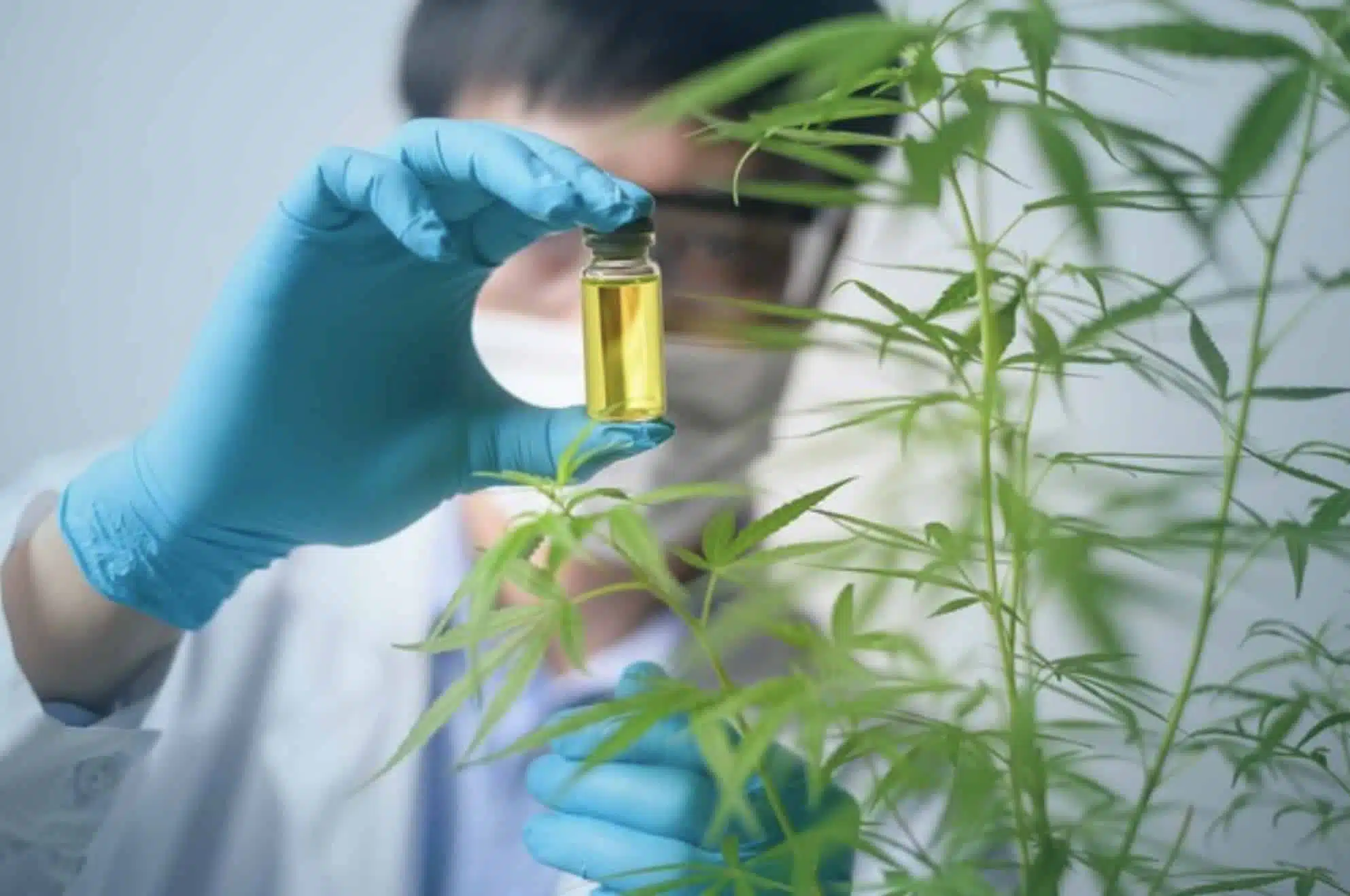
Summary of Findings on Animal Studies of Cannabinoids and OCD Models
| Model Description | Compounds Used | Results |
|---|---|---|
| Marble Burying Test (compulsive-like behavior) | CB1R agonists, AEA metabolism inhibitor | Reduced number of buried marbles (anticompulsive effect) at low doses, high doses may increase burying (biphasic effect). |
| Marble Burying Test | AEA | Reduced burying at low doses, increased burying at high doses (biphasic effect) mediated by TRPV1 activation at high doses. |
| Marble Burying Test | CBD | Reduced number of buried marbles (anticompulsive effect) through CB1R activation, not 5HT receptors. Effect persists over 7 days. |
| Marble Burying Test | FAAH inhibitor, AEA, AEA reuptake inhibitor | Biphasic effect on burying (decreased at low doses, increased at high doses). Potentiates effect of sub-effective fluoxetine doses. Blocked by CB1R antagonist. |
| Fear Conditioning (impaired extinction in OCD) | CB1R agonists (low dose) | Reduced responsiveness to conditioned fear (enhanced extinction). |
| Fear Conditioning (impaired extinction in OCD) | CB1R knockout mice | Impaired extinction of fear memories. |
Notes:
Impaired extinction refers to the difficulty forgetting or weakening a learned association between a stimulus and a negative outcome.
AEA = Anandamide; CB1R = Cannabinoid receptor type 1; FAAH = Fatty acid amide hydrolase
TRPV1 = Transient receptor potential cation channel subfamily V member 1
Cannabinoids for Anxiety, Repetitive Behaviors, and OCD: A Summary of Human Studies
| Study Area | Substance Used | Quantity & Delivery | Findings | Problems/Flaws | Substance Description |
|---|---|---|---|---|---|
| Anxiety & Fear (Healthy Controls) | CBD, Dronabinol | N/A (imaging study) | Reduced amygdala response to fear stimuli, facilitated fear extinction. Increased vmPFC activity with Dronabinol. | N/A | – CBD: Acts on various receptors, may increase AEA levels. Non-psychoactive, may counteract THC effects. – Dronabinol: Synthetic THC. |
| Anxiety & Fear (Healthy Adults) | CBD | N/A (laboratory setting) | Reduced experimentally induced anxiety, enhanced fear memory extinction. | Limited to lab settings, may not translate to real-world anxiety. | Same as above for CBD. |
| PTSD | Dronabinol, Nabilone | N/A | Reduced symptoms including fear response. Nabilone may improve nightmares and insomnia. | Mixed results, more studies needed. | – Dronabinol: Synthetic THC. – Nabilone: Synthetic cannabinoid with similar effects to THC. |
| Anxiety (General) | CBD | Various | Mixed results, may reduce experimentally induced anxiety but not baseline levels. | Studies often used single doses, need for more robust studies with multiple doses. | Same as above for CBD. |
| Repetitive Behaviors (Tourette Syndrome) | Smoked Cannabis, Dronabinol | N/A (smoked cannabis), Various doses (dronabinol) | Reduced motor tics and urges in case reports and surveys. Dronabinol trials showed promise but limited by small sample size and high drop-out rates. | Limited, inconclusive evidence, need for larger studies. | – Smoked Cannabis: Contains varying amounts of THC, CBD, and other cannabinoids. – Dronabinol: Synthetic THC. |
| Repetitive Behaviors (Trichotillomania) | Dronabinol | 10mg, 3 times daily | Reduced hair-pulling behaviors (open-label trial, no placebo control). | Limited by lack of placebo control, need for controlled studies. | Same as above for Dronabinol. |
| OCD (Case Reports) | Dronabinol | 10mg, 3 times daily (case 1), 10mg, twice daily (case 2), 20mg daily (case 3) | Reduced OCD symptoms in all 3 cases, used as augmentation with other medications. | Limited to case reports, need for controlled studies. | Same as above for Dronabinol. |
Clinical Trials
Title: Effects of Marijuana on Symptoms of OCD
Link: https://clinicaltrials.gov/study/NCT03274440,Obsessive-Compulsive Disorder
Type: INTERVENTIONAL
References
Stein, D. J., Costa, D. L. C., Lochner, C., Miguel, E. C., Reddy, Y. C. J., Shavitt, R. G., Van Den Heuvel, O. A., & Simpson, H. B. (2019). Obsessive–compulsive disorder. Nature Reviews. Disease Primers, 5(1). https://doi.org/10.1038/s41572-019-0102-3
Grant, J. E. (2014). Obsessive–Compulsive disorder. New England Journal of Medicine/the New England Journal of Medicine, 371(7), 646–653. https://doi.org/10.1056/nejmcp1402176
Abramovitch, A., & Cooperman, A. (2015). The cognitive neuropsychology of obsessive-compulsive disorder: A critical review. Journal of Obsessive-compulsive and Related Disorders, 5, 24–36. https://doi.org/10.1016/j.jocrd.2015.01.002
Del Casale, A., Sorice, S., Padovano, A., Simmaco, M., Ferracuti, S., Lamis, D. A., Rapinesi, C., Sani, G., Girardi, P., Kotzalidis, G. D., & Pompili, M. (2019). Psychopharmacological Treatment of Obsessive-Compulsive Disorder (OCD). Current Neuropharmacology, 17(8), 710–736. https://doi.org/10.2174/1570159×16666180813155017
Kayser, R. R., Snorrason, I., Haney, M., Lee, F. S., & Simpson, H. B. (2019). The endocannabinoid system: a new treatment target for obsessive compulsive disorder? Cannabis and Cannabinoid Research, 4(2), 77–87. https://doi.org/10.1089/can.2018.0049
Bakhshaie, J., Storch, E. A., Tran, N., & Zvolensky, M. J. (2020). Obsessive-Compulsive Symptoms and Cannabis Misuse: The Explanatory Role of Cannabis Use Motives. Journal of Dual Diagnosis, 16(4), 409–419. https://doi.org/10.1080/15504263.2020.1786616
Mauzay, D., LaFrance, E. M., & Cuttler, C. (2021). Acute Effects of cannabis on symptoms of Obsessive-Compulsive Disorder. Journal of Affective Disorders, 279, 158–163. https://doi.org/10.1016/j.jad.2020.09.124
Szejko, N., Fremer, C., & Müller-Vahl, K. R. (2020). Cannabis Improves Obsessive-Compulsive Disorder—Case Report and review of the literature. Frontiers in Psychiatry, 11. https://doi.org/10.3389/fpsyt.2020.00681

